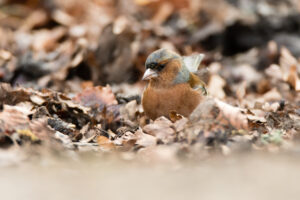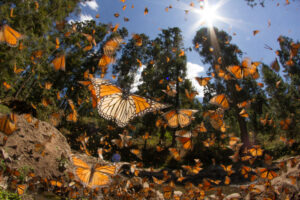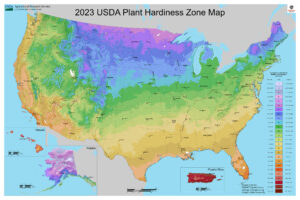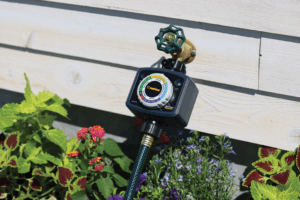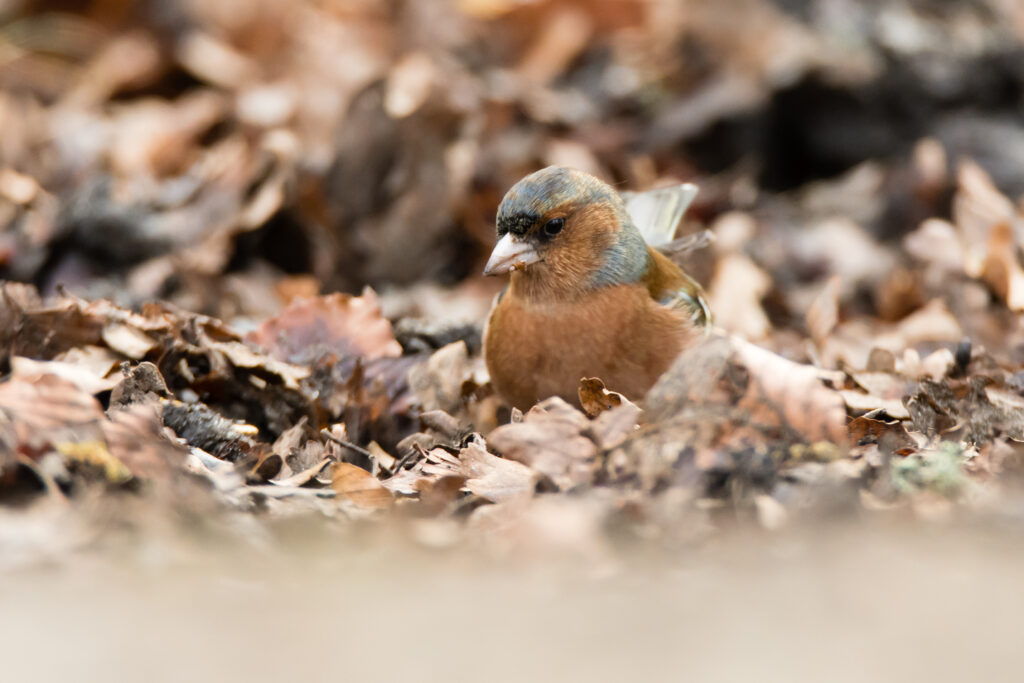
Why You Should Leave the Leaves This Fall
As the days get shorter and the air turns crisp, it’s tempting to tidy up every corner of the yard. But before you haul those leaves to the curb, take a moment to think about what’s really happening under that golden blanket. Those fallen leaves are more than just a seasonal mess — they’re the foundation of a thriving, living ecosystem right in your backyard. Read on to learn there are more benefits to “leaving the leaves” in your yard than just taking a break from raking.
Leaves Are Soil Builders
Every leaf is packed with nutrients. As they decompose, they return those nutrients to the soil, which in turn feeds the roots, fungi, and beneficial microbes. Think of it as a free fertilizer factory working all winter long. By spring, your soil will be richer, healthier, and ready to grow.
A Hidden Pollinator Nursery
Many butterflies and moths spend the winter tucked inside fallen leaves — as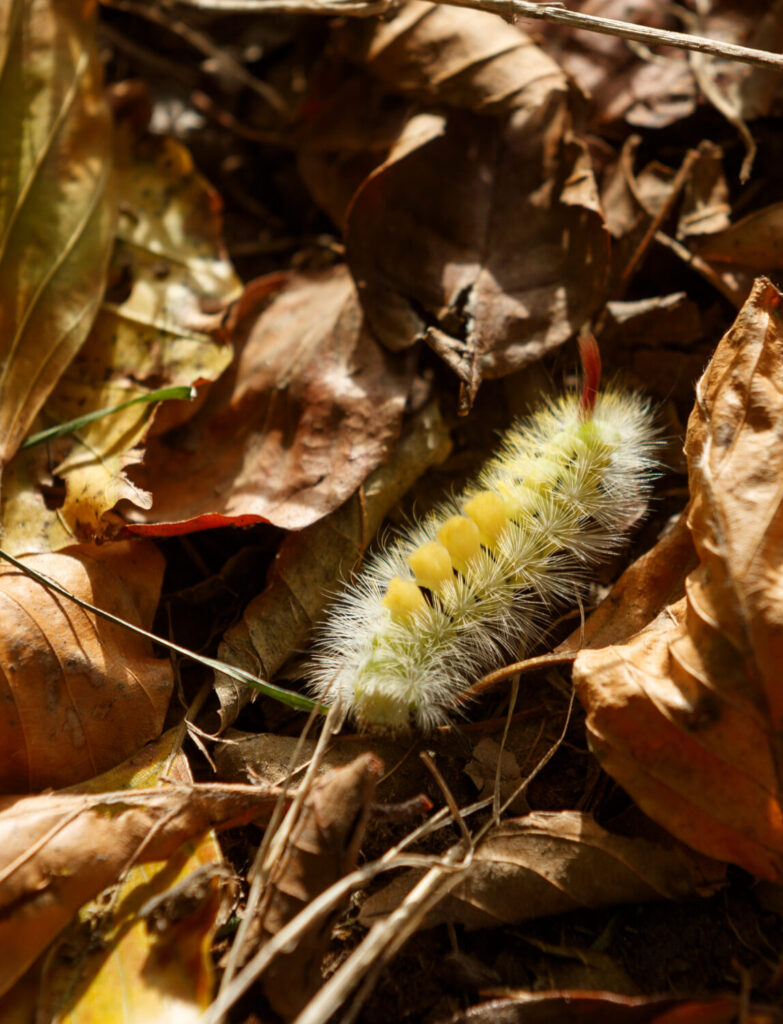 eggs, chrysalises, or caterpillars. When we bag and haul away leaves, we’re often throwing away next season’s pollinators. Leaving them in place helps protect these fragile species and ensures your background pollinator habitat will be thriving come spring.
eggs, chrysalises, or caterpillars. When we bag and haul away leaves, we’re often throwing away next season’s pollinators. Leaving them in place helps protect these fragile species and ensures your background pollinator habitat will be thriving come spring.
Fireflies Need Leaf Litter, Too
Your fallen leaves will attract more than just butterflies. Fireflies spend most of their lives as larvae hiding in damp leaf litter. Removing leaves too soon destroys their habitat and contributes to the decline of firefly numbers. Keeping a layer of leaves on the ground helps keep that summer sparkle alive for next year.
A Winter Buffet for Birds
Chickadees, sparrows, wrens, and thrushes love foraging in fallen leaves. They find insects and larvae hidden underneath, providing a natural food source during the colder months. By leaving your leaves, you’re creating a natural buffet for your feathered neighbors.
It’s Not Messy — It’s an Ecosystem in Action
Leaf litter might look a little wild, but that’s exactly the point — it’s nature doing what it does best: recycling, sheltering, and restoring. You don’t have to give up a tidy yard to help the environment, though. A few small adjustments can make a big difference. Instead of leaving leaves scattered across the lawn, try tucking them into garden beds, around shrubs, or beneath trees. This keeps your landscape looking neat and intentional while creating a cozy, natural mulch bed that protects plant roots, retains moisture, and provides safe spaces for pollinators and other beneficial insects to overwinter.
This fall, skip the leaf bags and let nature do the work.
Find the beauty in the leaf litter, and enjoy knowing that by leaving the leaves, you’re nurturing soil, supporting wildlife, and giving your garden a head start for spring.


